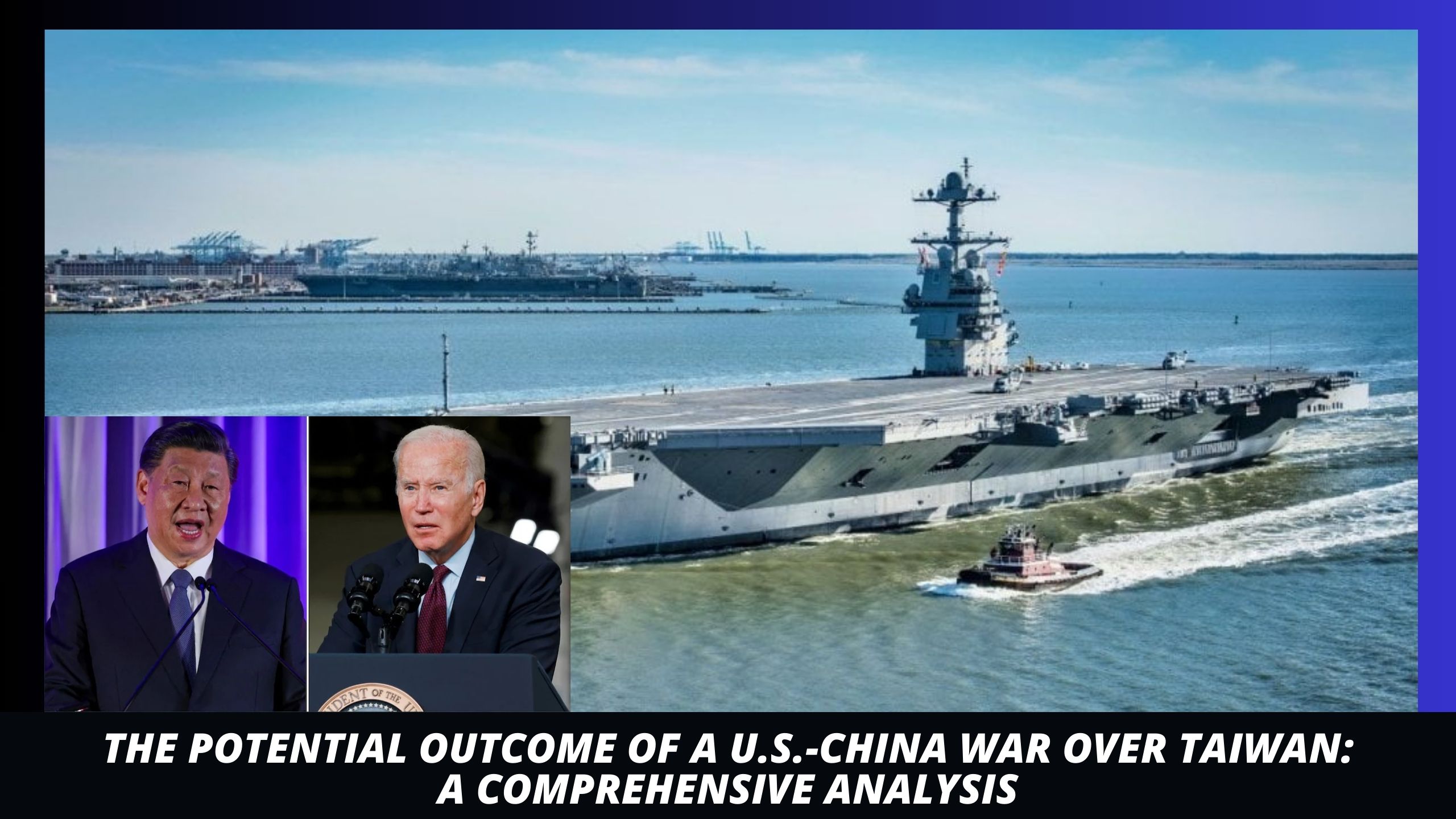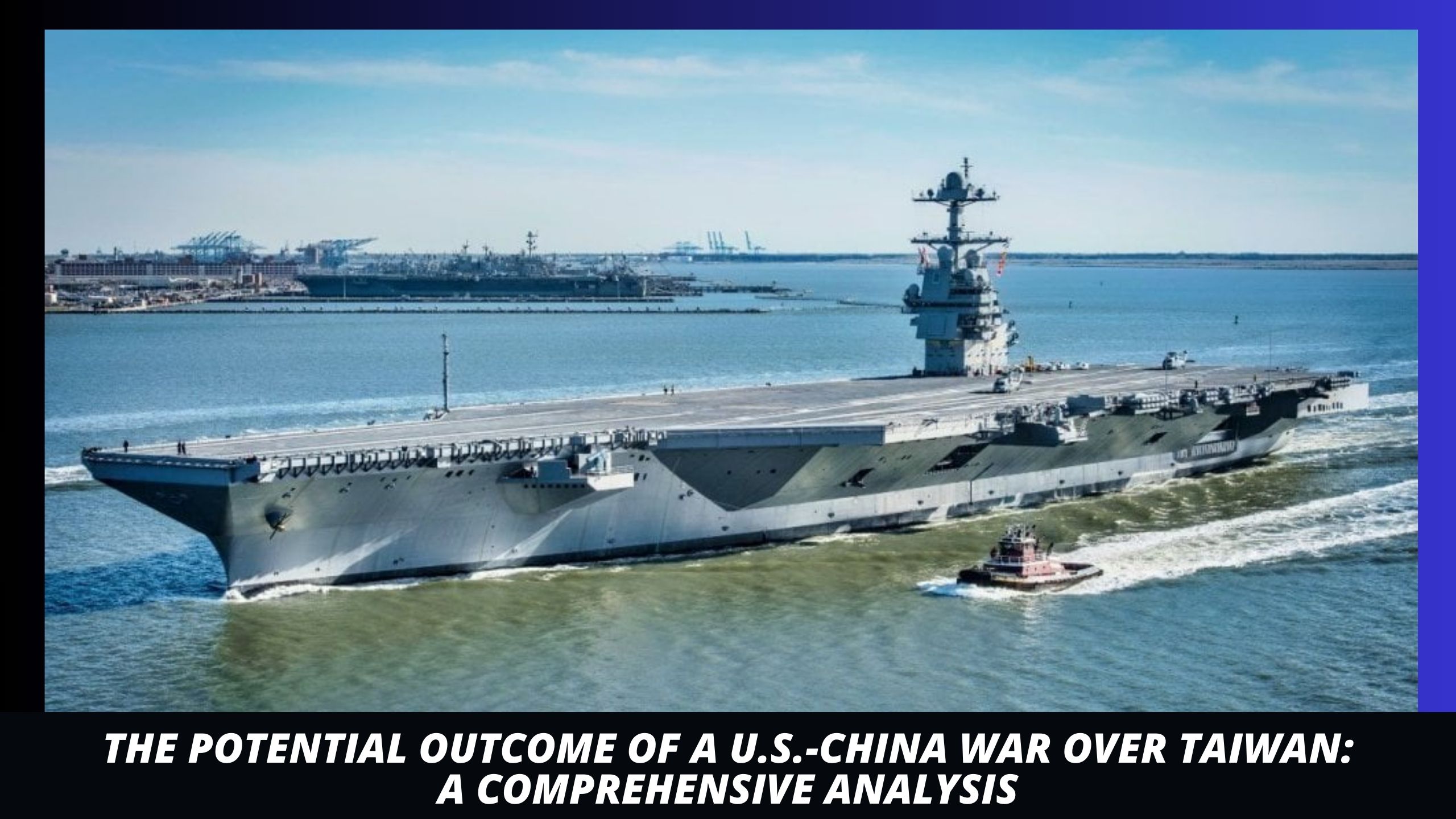Strategic Implications, Insights, and Recommendations from the CSIS Wargame

The Potential Outcome of a U.S.-China War Over Taiwan
A realistic simulation scenario modeled as a Chinese invasion of Taiwan by the Washington-based Center for Geopolitical and International Studies (CSIS) illuminated Taiwan Strait fighting outcomes and geopolitical imperatives.
The CSIS report delves into the design and results of the unclassified wargames set in 2026, revealing crucial insights and recommendations for the U.S., Taiwan, and its allies. As officials consider the likelihood of a Chinese attack on Taiwan by 2027, the report underscores the importance of historical context alongside traditional statistical methods in analyzing potential war scenarios.
The report emphasizes that Taiwan can defend itself, that the US military needs Japan’s help, and that more air-launched anti-ship ordnance is needed to fight a PLAN amphibious task force in the Taiwan Strait.
READ ALSO: Taiwan Faces Diplomatic Setback As Nauru Cuts Ties, US Shows Support
Avoid supposing rapid and definitive triumphs; the CSIS wargame is a sobering reminder of the realities of great-power combat. It shows the possible losses and costs of such a fight and emphasizes the need to be prepared.
This report makes an important point about the AGM-158B Joint Air-to-Surface Standoff Missile-Extended Range (JASSM-ER) and its role in possible conflicts. It shows how this weapon system could be a powerful addition to the anti-ship arsenals of the United States and its allies.
READ ALSO: Chinese Securities Watchdog Reports 2.13 Trillion Yuan In Cash Dividends For 2023

















































